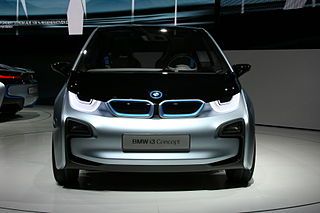Catch 22: Building the Electric Vehicles Charging Infrastructure

One way to look at this is to make this a part of the re-regulation of utilities: forcing them to do the work here, and compensating them accordingly. (Hint: They’re not doing it on their own – one of the take-aways from the article.)
It also gets at the philosophic issue of what should be in the public versus private sector. Most developed countries have made significant investments in transportation, simply because they think, correctly, that it’s important to deliver those services to their citizens. I would argue the same here. The migration of liquid hydrocarbon fuels is a matter of a number of factors that transcend short-term profitability; perhaps chief among them is the national security situation associated with climate change and the military power required to maintain access to oil.
I recommend a concerted effort, perhaps by one or more public/private partnerships with the federal government, that creates huge numbers of jobs by building and maintaining this infrastructure, while phasing out coal-fired power plants altogether by 2030.
As I wrote a week or so back, if we replaced every single car and truck in the U.S. with an electric vehicle, the amount of additional power we’d have to produce is 14%. Yes, that’s right: 14 lousy percent. It’s tiny. It’s due to the fact that EVs are roughly three times more efficient in terms of energy use. That’s huge.
